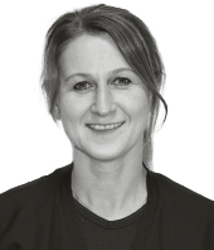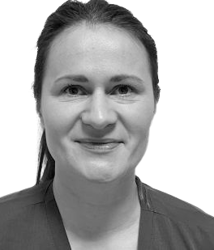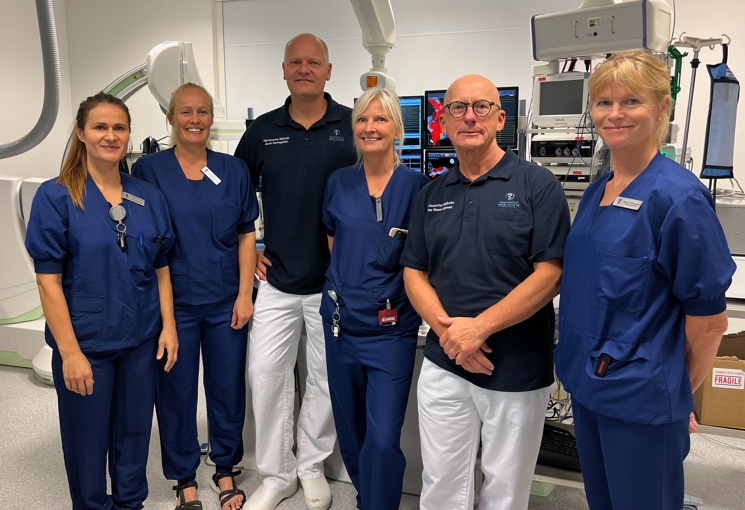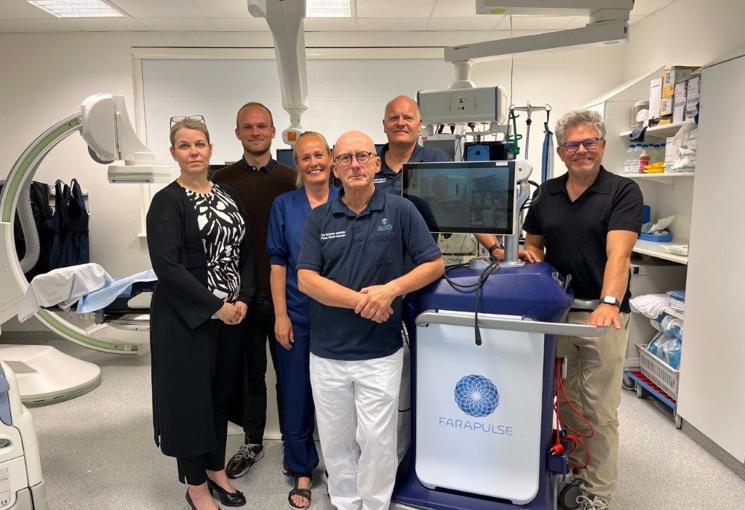Hjertesygdomme
Har du mistanke om, at du har problemer med dit hjerte? Eller har du allerede fået det bekræftet og skal behandles?
Vi står klar til at undersøge og behandle dig, uanset om det drejer sig om hjerterytmeforstyrrelser, smerter i brystet, hjertesvigt eller du oplever at være unaturligt forpustet eller træt.
Vi er erfarne hjertelæger, og kan undersøge og vurdere hvilken behandling, der er bedst for dig i både Vejle, Aarhus og København.
Vi kan hjælpe dig med:
Vores patienter siger
"Er ovenud tilfreds med min behandling. Har fået lavet ablation, og der var intet der var overladt til tilfældigheder. Kom til nærmest med det samme, og kunne komme hjem igen samme dag. Var i forvejen pænt nervøs forud for behandlingen, men en sygeplejerske formåede at fange mig, der hvor jeg finder ro og tryghed. Med humor og glimt i øjet blev jeg overdraget til en lige så kompetent læge. Han talte mig igennem behandlingen og jeg var fuldstændig tryg ved ablationen."

AF-CARE: Nye retningslinjer for behandling af atrieflimren
Forebyg atrieflimren, undgå blodpropper, få den bedste behandling og opfølgning - 4 vigtige emner, når vi taler om atrieflimren. Det er baggrunden for “AF-CARE”, som Jacob og jeg taler om i dette webinar.

Rytmedoktor Webinar: Aurikellukning som alternativ
3.000 personer i Danmark får hvert år en blodprop i hjernen, et stroke, på grund af atrieflimren. Mange kan undgås med blodfortyndende medicin, men det er ikke den bedste løsning for alle. I et nyt webinar taler hjertelægerne Jacob Pontoppidan og Peter Steen Hansen om alternativer til blodfortyndende medicin.

GRATIS E-BOG: “Et godt liv med atrieflimren – en brugsbog for dig, der har atrieflimren og dine pårørende”.
I slutningen af 2024 er der kommet nye retningslinjer fra det europæiske selskab af hjertelæger til, hvordan vi bedst muligt håndterer atrieflimren. De nye retningslinjer erstatter de 5 år gamle, der var baggrunden for min e-bog “ABC for dig, der har atrieflimren”, som mange har haft glæde af.
I vores seneste artikel “Nye europæiske retningslinjer - Et godt liv med atrieflimren” kan du finde vores nye e-bog, og læse mere om de nye retningslinjer.
Spørgsmål og svar i forbindelse med min indlæggelse
Der er ca. 30 km.
Der går bus fra Billund Airport til Vejle Trafikcenter. Bussen går ca. hver time og det tager 30 minutter at nå frem til Vejle Trafikcenter. Se link til busplan her:
https://sydtrafik.dk/media/i3ofm5tk/43_310723-schedule.pdf
Fra Vejle Trafikcenter går der bybus mod Privathospitalet Mølholm (bybus rute 9A), stå af ved Fredericiavej. Alternativt tager det ca. 20 minutter at gå fra Vejle Trafikcenter til Privathospitalet Mølholm.
Nej, du skal ikke have en CT-scanning af hjertet forud for din ablation. Vi synes ikke, det er nødvendigt og derfor en unødvendig strålebelastning med røntgen.
Det behøver du ikke. Vi laver altid en scanning for at være helt sikre på, at der ikke er størknet blod i forkamrene og hjerteøret. Til gengæld skal du tage det 3 måneder efter ablationen.
Nej, du skal fortsætte med at tage din medicin før, under og efter ablationen. Skulle der være nogle ændringer, vil du få besked om det.
Nej, du bliver lagt i dyb rus. Det vil sige, at du trækker lige præcist selv vejret, men vil ikke føle smerte eller registre hvad der sker. Efterfølgende vil du ikke kunne huske, hvad der er foregået under ablationen.
Nej, det er der desværre ikke.
Vi har en opholdsstue på Mølholm, som din ledsager er velkommen til at benytte. Der er fri netadgang.
Det siger vores patienter
Vores patienter anmelder os blandt de bedste i landet. Det forpligter, og det passer os godt. Vi tror, at den personlige og ekstraordinære oplevelse er nøglen til, at du føler dig tryg og værdsat.
Speciallæger og behandlere





















